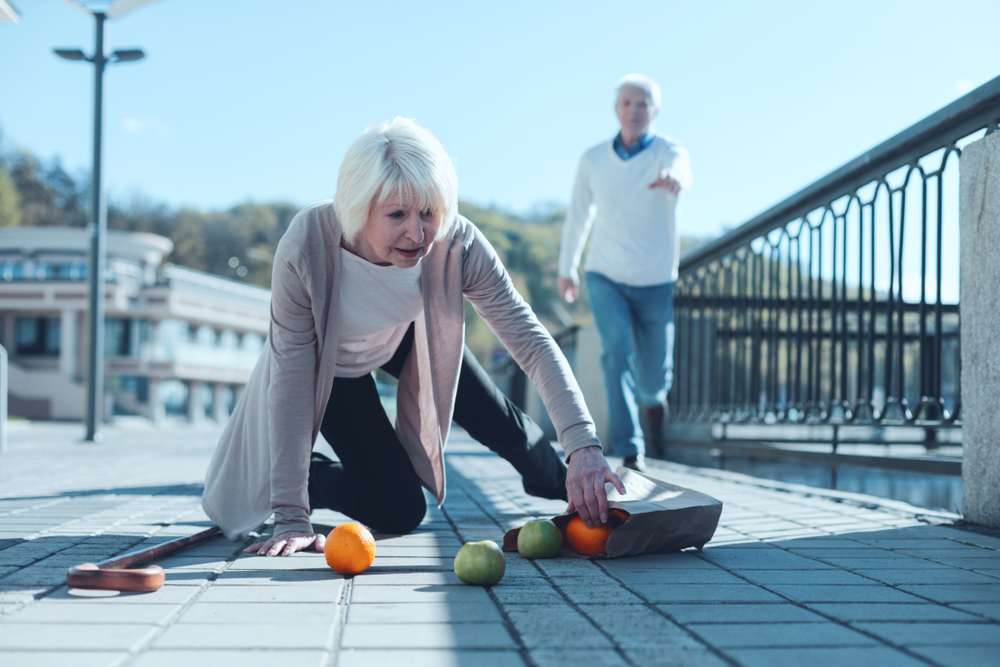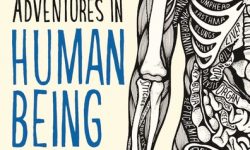It's good to come across some basic, low-tech, common sense medical care that has the potential to save a lot of morbidity and mortality in this day and age where everyone seems obsessed with the latest high-tech gizmos – the latest surgical robot that the local hospital has acquired; the latest telemedicine portal your doctor has implemented; the latest bio0logical drug made by gene splicing for example.

So it pleases me to report on Atul Gawande’s account in his book Being Mortal, of going to sit in with a geriatrician, and learning “The single most serious threat” to one of the elderly ladies they saw, “was not her lung nodule or her back pain . . . .it was falling.”
Gawande reports, with some dismay, the geriatrician was not the least bit interested in the patient’s specific diagnoses. He was interested in their risk of falling.
The danger of falls is reinforced by Fredericksburg geriatrician Wayland Marks MD (for whom the ‘Partners in Aging Dr. Wayland Marks Gratitude Award’ is named incidentally). He notes that “falls are the leading cause of injuries in people over 65 years” – and they are becoming more common.
A recently published Research Letter in JAMA (June 4th2019) noted falls have increased from 52 per 100,000 in 2000 to 111 per 100,000 in 2016 in people over 75.
There are many factors that can contribute. The three primary risk factors according to the geriatrician Gawande writes about are:
- Poor balance
- Muscle weakness
- Taking more than four medicines.
In addition, Marks notes, the people most likely to fall “are those who have had a fall before.”
The risk is also much higher in people with poor vision and problems with cognition. And if taking medicines that are sedating – like benzodiazepines (Valium and Xanax for example), sleeping pills, even antihistamines like diphenhydramine/Benadryl which are often in OTC night time decongestants.
The other medication problem Mark’s sees is people over treated for high blood pressure - so their pressure drops dangerously low and they get very light headed or pass out, when they stand up abruptly.
Function and Quality of Life
Falls are really a serious epidemic.
Each year about 350,000 Americans fall and break their hip. 40 percent of these end up in nursing home, and 20 percent never walk again – so falling can be far more devastating than many diseases.
Avoidance is often common sense stuff and is not high tech medicine, notes Marks. It's about minimizing risk factors.– basic stuff that he has learned in large part, because his work with Partners in Aging, requires him to do house calls.
This low tech, common sense medicine is in keeping with the role of a geriatrician, says Marks. “Geriatricians have a different approach – they focus on a persons function and quality of life rather than any specific illnesses.”
“Paying attention to the environment is essential." “Don’t have loose throw rugs on the floor, or pets that get underfoot.” And “do have grab bars in the bathroom, a chair in the shower; and good lighting.” You can get home health agencies to do a home risk assessment if needed.
There are not nearly enough geriatricians, or even primary care family physicians and internists to help promote this kind of basic care complains Marks (as graduating medical students look for more lucrative specialties to pay of their enormous student loans).
Another important prevention is specific exercise programs to build muscle strength and improve balance (a recent edition of the AARP Bulletin has “Daily Exercises You Can Do in 10 Minutes for Better Balance” – also available on line at https://www.aarp.org/health/healthy-living/info-2019/better-balance-exercises.html).
Falls and their prevention is basic stuff. But common sense measures to prevent them has the potential to avoid far more morbidity and morality than the high flown gizmo's.



